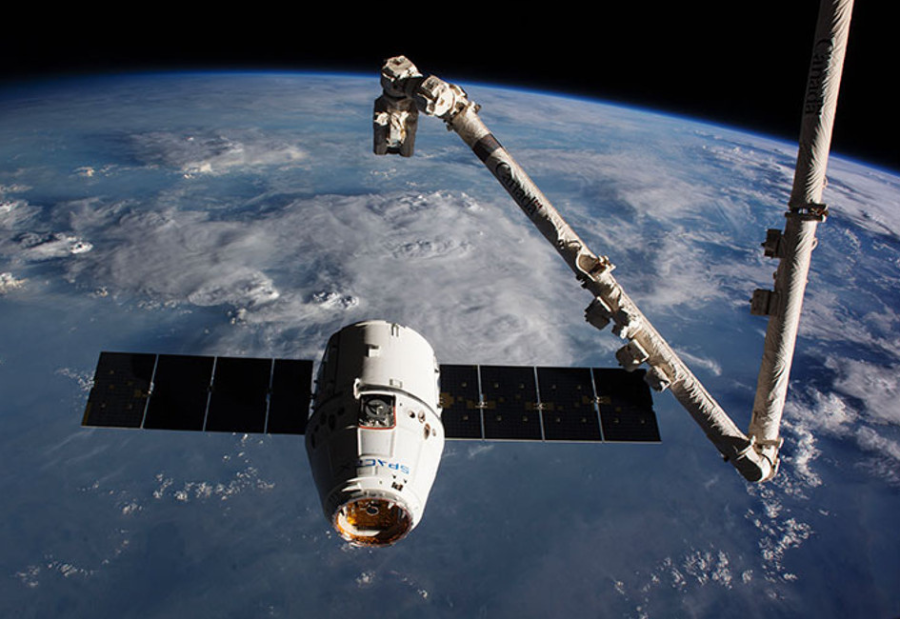Space exploration has entered an exciting new era. With rapid technological advancements, the once-distant dream of interplanetary travel and deep space research is inching closer to reality. From reusable rockets to AI-powered rovers, here’s a look at some of the most impactful innovations that are redefining humanity’s reach into space.
1. Reusable Launch Systems
One of the most revolutionary changes in space technology is the development of reusable launch systems. Companies like SpaceX have successfully demonstrated the ability to land and reuse rocket boosters with their Falcon 9 and Falcon Heavy series. This innovation drastically reduces the cost of space missions, making them more sustainable and accessible.
Starship, SpaceX’s next-gen launch vehicle, is being developed for missions to Mars and beyond. It’s fully reusable and designed to carry both crew and cargo, potentially transforming long-distance space travel.
2. Autonomous and AI-Powered Spacecraft
Artificial intelligence is playing an increasing role in space missions. NASA’s Perseverance rover, currently exploring Mars, uses AI to navigate the Martian terrain independently and make decisions in real time. Its onboard system helps avoid obstacles and optimize travel paths without waiting for commands from Earth.
Autonomous navigation is also crucial for deep-space probes like ESA’s BepiColombo, which is on its way to Mercury. As missions travel farther, autonomy will become essential due to communication delays.
3. Miniaturized Satellites and CubeSats
The rise of CubeSats—small, standardized satellites—has democratized access to space. These compact spacecraft are cheaper to build and launch, enabling universities, startups, and developing nations to conduct space research.
CubeSats are now being used for everything from Earth observation to interplanetary missions. NASA’s MarCO-A and MarCO-B CubeSats successfully accompanied the InSight lander to Mars in 2018, demonstrating that small satellites can support deep-space exploration.
4. Space-Based Telescopes and Observatories
2022 saw the successful deployment of the James Webb Space Telescope (JWST), a monumental leap in our ability to observe the universe. Positioned 1.5 million kilometers from Earth, JWST uses advanced infrared sensors to look further back in time than ever before, capturing light from the first galaxies that formed after the Big Bang.
New telescopes like LUVOIR (planned) and Nancy Grace Roman Space Telescope (expected launch in 2027) will offer even greater insight into cosmic mysteries like dark matter, exoplanets, and the expansion of the universe.
5. Private Sector Participation and Commercial Spaceflight
Private companies are reshaping space exploration. Beyond SpaceX, firms like Blue Origin, Rocket Lab, and Virgin Galactic are pioneering new technologies and opening doors to commercial spaceflight.
Blue Origin’s New Shepard suborbital flights are already taking tourists to the edge of space, while Rocket Lab has launched small satellites using its Electron rocket and is working on Neutron, a reusable medium-lift vehicle.
6. Lunar and Martian Ambitions
NASA’s Artemis program aims to return humans to the Moon by the late 2020s, establishing a sustainable presence and using it as a stepping stone to Mars. Artemis I, an uncrewed test flight, successfully orbited the Moon in 2022, with Artemis II and III expected to carry astronauts soon.
Meanwhile, international collaborations like India’s Chandrayaan-3, China’s Chang’e missions, and Japan’s SLIM lander are making significant contributions to lunar science and exploration.
7. Advanced Propulsion Systems
Propulsion technology is evolving with concepts like ion drives, nuclear thermal propulsion, and solar sails. These methods promise faster, more efficient travel over long distances.
NASA’s Psyche mission, set to explore a metal-rich asteroid, will use solar electric propulsion, a groundbreaking technology that provides continuous thrust using solar power and xenon gas.
Looking Ahead
The next decade will be pivotal. With continued investment, public-private partnerships, and a global interest in the stars, we’re witnessing the dawn of a new space age. Technological innovation is not only enabling unprecedented exploration but also laying the foundation for potential human settlement beyond Earth.
As we push the boundaries of what’s possible, one thing is clear: the final frontier is no longer just the domain of astronauts and scientists—it’s becoming a shared journey for all of humanity.
Also read: Viksit Workforce for a Viksit Bharat
Do Follow: The Mainstream formerly known as CIO News LinkedIn Account | The Mainstream formerly known as CIO News Facebook | The Mainstream formerly known as CIO News Youtube | The Mainstream formerly known as CIO News Twitter |The Mainstream formerly known as CIO News Whatsapp Channel | The Mainstream formerly known as CIO News Instagram
About us:
The Mainstream formerly known as CIO News is a premier platform dedicated to delivering latest news, updates, and insights from the tech industry. With its strong foundation of intellectual property and thought leadership, the platform is well-positioned to stay ahead of the curve and lead conversations about how technology shapes our world. From its early days as CIO News to its rebranding as The Mainstream on November 28, 2024, it has been expanding its global reach, targeting key markets in the Middle East & Africa, ASEAN, the USA, and the UK. The Mainstream is a vision to put technology at the center of every conversation, inspiring professionals and organizations to embrace the future of tech.



